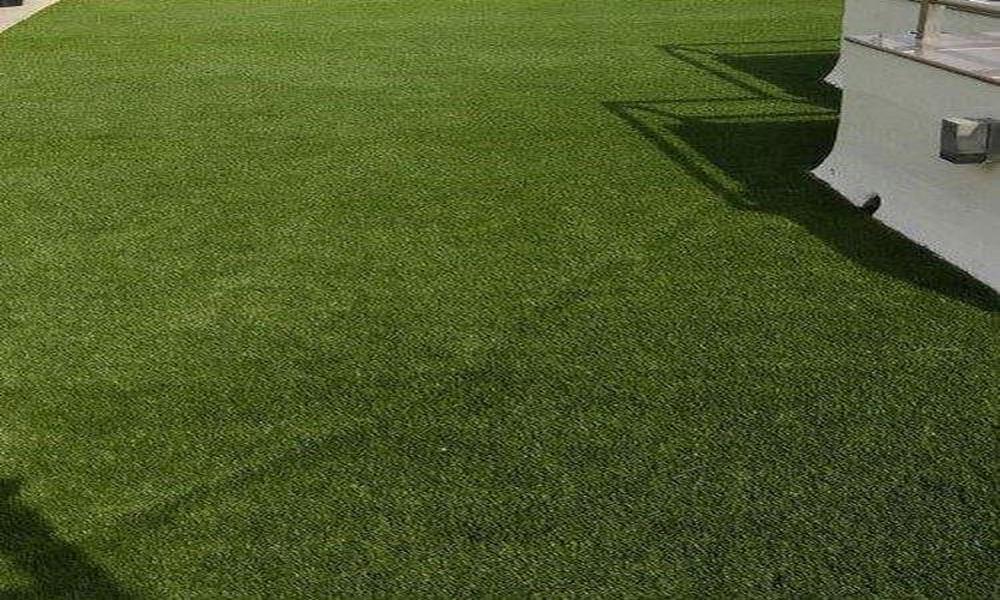Artificial grass, also known as synthetic turf, is a surface made of synthetic fibers that mimic the look and feel of natural grass. It is commonly used as a substitute for real grass in areas such as sports fields, residential lawns, and commercial landscapes. The fibers are typically made of polyethylene or polypropylene, which are then attached to a backing material that is typically made of latex or polyurethane. The backing is then installed on a base material, such as compacted soil, sand, or gravel.
But how does it work? Artificial grass is designed to look and feel like real grass, but without the need for water, fertilizer, or mowing. The synthetic fibers are made to withstand heavy foot traffic, extreme weather conditions, and other wear and tear, making them a durable option for outdoor spaces. It is also designed to drain water quickly, preventing puddles or flooding.
What are the advantages of Artificial Grass?
There are several benefits to using artificial grass in place of natural grass. One of the main benefits is the reduced maintenance required. Since artificial grass does not need to be watered or mowed, it can save a significant amount of time and money in terms of upkeep. It is also more durable than natural grass, making it a long-lasting option for outdoor spaces.
Another benefit of artificial grass is its environmental impact. Since it does not require water or fertilizer, it can significantly reduce water usage and chemical runoff into nearby water sources. Additionally, it does not require gasoline-powered lawnmowers, which can emit harmful pollutants into the air.
Finally, artificial grass can also enhance the aesthetic appeal of outdoor space. It comes in a variety of colors and textures, allowing homeowners and business owners to create a customized look that complements their property.
What Should I Consider Before Installing Artificial Grass?
Before installing artificial grass, there are a few factors to consider. First, it is important to choose a reputable and experienced installer to ensure that the job is done correctly. This can involve researching online reviews and asking for references from the installer.
Second, it is important to choose the right type of artificial grass for your specific needs. There are several factors to consider, such as the intended use of the space, the amount of foot traffic it will receive, and the local climate. For example, a sports field will require a different type of artificial grass than a residential lawn.
Finally, it is important to consider the cost of installation and maintenance. While artificial grass can be a cost-effective option in the long run, the initial installation costs can be higher than natural grass. Additionally, it may require periodic maintenance, such as brushing or spraying to remove debris or prevent odors.
artificial grass is a synthetic surface made of durable fibers that mimic the look and feel of natural grass. It offers several benefits, including reduced maintenance, environmental impact, and aesthetic appeal. Before installing artificial grass, it is important to choose a reputable installer, select the right type of grass for your needs, and consider the costs of installation and maintenance.

